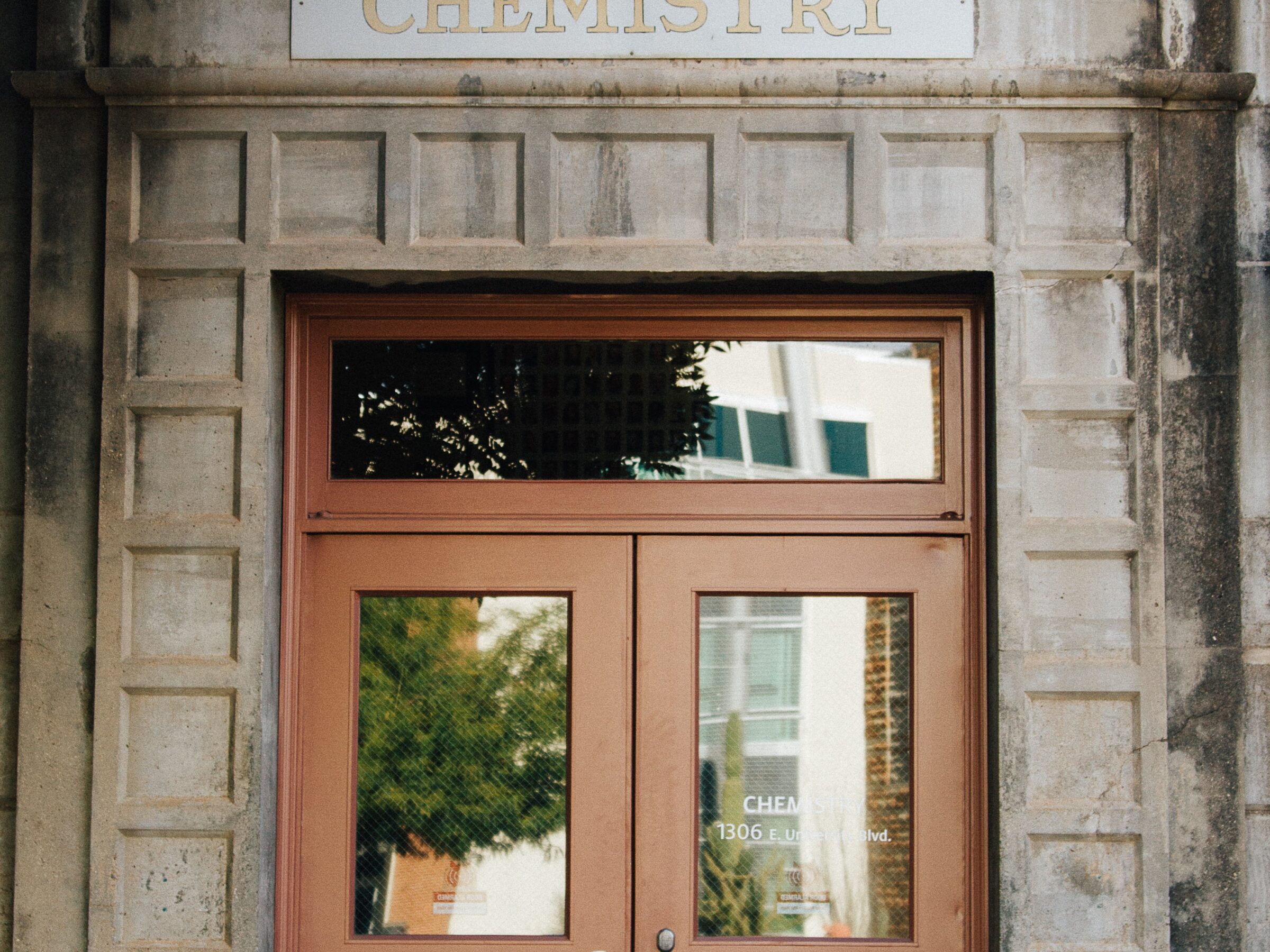While most people overlook chemistry compared to other disciplines, some achievements cannot be overstated. In fact, you’d be hard-pressed to realize some of the discoveries feature in our daily routine. Here are seven chemistry breakthroughs that have completely changed our lives.
Taxol
Taxol was discovered in the second half of the 20th century. The researchers realized it as an effective drug that prevents cancer cells from spreading from the original tumor to other parts of the body. Since its discovery, Taxol has expanded treatment options for patients with ovarian and breast cancer. This drug is also effective in the treatment of pancreatic cancer and non-small cell lung cancer.
In 1962, a USDA botanist collected extracts from the Pacific yew tree and discovered they were toxic to living cells. Two years later, Dr. Mansukh Wani and Dr. Monroe E. Wall realized the cytotoxic compound from the tree was paclitaxel. This was an extraordinary discovery as it came a time when doctors were struggling with drug resistance in patients.
According to the world health organization, Taxol is one of the most essential medicines in any healthcare system.
Penicillin
This is arguably one of the oldest discoveries in the history of medicine. Penicillin was discovered by the legendary Scottish professor (Alexander Fleming) back in 1928.
Before its introduction, there was no antibiotic to treat gonorrhea, pneumonia, and rheumatic fever. After returning from the holiday, the professor of microbiology took dishes that contained the streptococcus bacteria and introduced bacteria that cause sore throats and boils.
But after being unable to spark interest from fellow researchers, Alexander abandoned the project. It was until 1938 when two researchers (Ernst Chain and Howard Florey) decided to carry out clinical trials. In 1940, the first animal test was done, and the drug proved effective in killing the deadly Streptococci bacteria. The first human administration followed a few months later.
After the heroic discovery, the scientists won a Nobel Prize for their work.
Haber-Bosch process
In 1898, British scientists Joseph Henry Gilbert and Bennet Lawes settled on a debate on how nitrogen increased yields on the farm. After searching for answers for many years, they could not find a solution. But in 1909, Fritz Haber discovered how hydrogen and nitrogen produced ammonia.
The process involved the use of high pressures and temperatures. He later invented Bosch’s machine to handle extreme production conditions. But soon after World War 1, the Haber-Bosch process was honored with two Nobel prizes.
Since then, the production of Ammonia has led to an increase in plant yields. The process has proved effective for the last 100 years. It’s one of the most important discoveries in human civilization.
Radioactivity
The first study of radiation dates back to 1896. One of the biggest names that contributed to this amazing discovery is Roentgen, a researcher at the University of Wurzburg. He was working in a lab and noted some fluorescence coming from a nearby table.
Upon further research, Roentgen discovered that the cathode rays could penetrate in black paper. But after several trials, the experiment failed. And for some reason, he abandoned the research.
In 1896, Henri Becquerel developed photographic plates, and the images were so clear. And upon further investigation, he discovered two important elements (radium and polonium).
Later, Ernest Rutherford joined the team. He studied the properties of radioactive decay and classified particles based on their ability to penetrate matter. In 1919. Ernest used the alpha particles to transmute elements. Becquerel discovered radioactivity while Roentgen gave us x-rays.
Today, radioactivity is used in many aspects including X-rays.
The discovery of LCD
Perhaps this is the latest discovery in the 21st century. But the history of LCD is rather complex. The first liquid crystals were discovered by Friedrich Reinitzer, an Austrian botanist. However, it has remained part of scientific curiosity.
The early discovery of LCD began in 1962 by Richard Williams. He realized that liquid crystals had some electro-optic characteristics. He then noted a pattern that consisted of parallel regions. But the main breakthrough came after the works of George H. Heilmeier.
After years of research at RCA Laboratories, he discovered that a microwatt of power could switch color and images. When Heilmeier showed this effect, people were excited about the discovery. And after close observations, he discovered several classes of liquid crystals.
Heilmeier could even demonstrate the reflective contrast ratios, and the LCD was born. It’s worth mentioning that during this time, the British military wanted flat screens rather than bulky LCDs. The only challenge during this time was that LCDs had to work under extremely hot temperatures.
Polythene
Polythene was among the first plastic objects. It was discovered in 1898 by Von Pechmann after noticing a waxy substance in his work. He realized that plastic consisted of molecular chains and could work at high pressures.
Structure of insulin
After pursuing a chemistry course at Cambridge University, Fredrick Sanger started to research amino acid metabolism. He discovered the order of amino acids that led to the structure of insulin. Fredrick won a Nobel Prize in 1948 and is an iconic figure in the history of chemistry.
